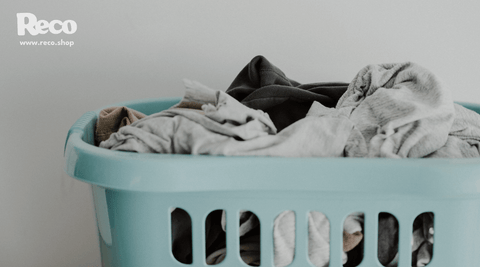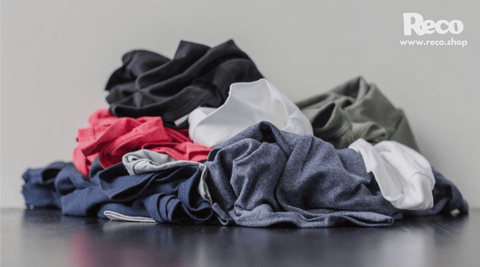
When I started to look into eco-friendly ways to clean around the house, three substances kept on coming up time and time again.
Bicarbonate of Soda, Baking Powder and Soda Crystals.
However, I always got confused as to which is which!
So I made this short guide about these three similarly named substances and what they should, and should not, be used for.

Some what of a magic chemical, Bicarbonate of Soda is used in all sorts of applications:

The first thing to note is that Baking Powder is made from a mixture of ingredients, and is not a single chemical compound like Bicarbonate of Soda or Soda Crystals.
The first Baking Powder was created in 1843 by English inventor Alfred Bird who was driven to find a yeast-free raising agent alternative as his wife was severely allergic.
Baking Powder is made of 3 ingredients - an alkali, an acid and a buffer:
So how do these ingredients work together?
When an acid and an alkali mix together they generate water, salt and CO2. The CO2 is what we are after here. When baking powder is added to wet dough, the acid and the alkali react, CO2 is released, and the dough begins to rise.
So what is the buffer for?
Cornflour is purely there to stop the acid and alkali from reacting together prematurely by physically separating the dry components. It also absorbs any moisture to further extend the shelf life of the Baking Powder.
For this reason, using Baking Powder for cleaning purposes is no good. You will end up with a starchy gunky mess!
Bonus Fact - Self-raising flour is just plain flour with baking powder premixed in. The ratio is normally around 100 parts flour to 5 parts Baking Powder or put another way, a teaspoon for every 110 grams of flour.

In a very simple sense, Soda Crystals can be treated as a more powerful version of Bicarbonate of Soda and it can be used for many similar applications:
If you are finding Soda Crystals hard to come by but have heaps of Bicarbonate of Soda you can make your own!
Preheat your oven to 200 °C (c.400 °F) Sprinkle a thin layer of Bicarbonate of Soda onto a baking tray. Once the oven has reached temperature whack the tray in the oven. After 15 minutes, remove the baking tray and set aside to cool.
Although it won't look any different, your Bicarbonate of Soda has undergone thermal decomposition! The heat breaks the Bicarbonate of Soda down into Soda Crystals, water and CO2.
In the heat of the oven the water will have evaporated and mixed into the air along with the CO2, leaving just the Soda Crystals behind
Founder of Reco, a marketplace and community dedicated to find shift from a single-use mindset to a multi-use one. #SingleUseSucks
Comments will be approved before showing up.



Cathie Jones
November 14, 2023
Can I use soda crystals to repel garden insects